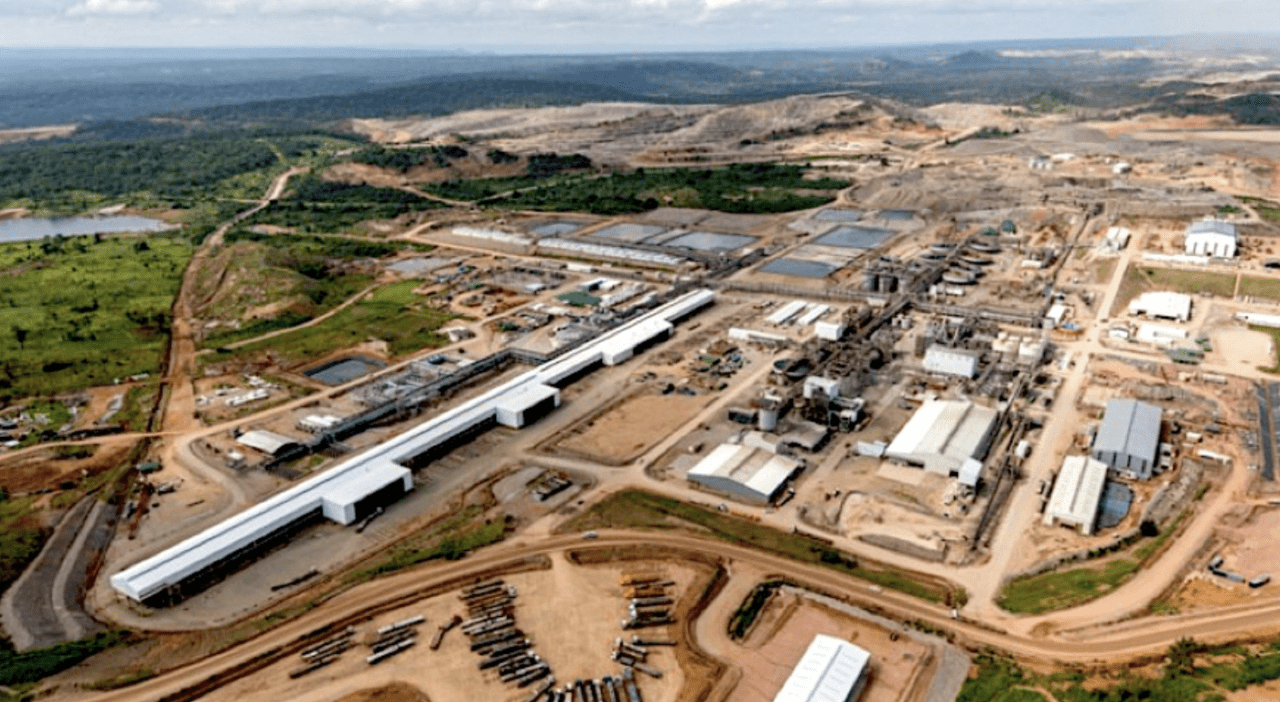Why the U.S. Needs New Battery Technologies and Supply Chains

The future of transportation and energy storage will be powered by a range of carbon-neutral technologies, and batteries will play a major role. As part of the effort to reduce manmade carbon emissions and mitigate climate change, governments worldwide have passed measures in recent years to spur the transition to electric vehicles (EVs) as well as renewable generation sources backed up by large-scale grid storage.
COMMENTARY
The U.S. is among the countries leading the charge, steering consumers to go electric with federal tax credits for new EV owners, a $5 billion initiative for a nationwide charging network, and multiple state-issued bans on future gas-powered car sales. Similarly, utilities and storage project owners are eligible to recoup more than 70% of storage project costs through tax credits. But despite this support, the American manufacturing sector is not equipped to meet the resulting increase in market demand for more rechargeable batteries.
 Mukesh Chatter
Mukesh ChatterThe fundamental problem is the lithium-ion (li-ion) battery chemistry that underpins most high-capacity battery technologies. Li-ion technology relies on a narrow set of raw materials sourced primarily in South America, Asia, and Africa. The U.S. Geological Survey classifies most of these materials-cobalt, nickel, and lithium, among others-as critical minerals whose supply chains are confined to just a few players and are particularly vulnerable to geopolitical instability.
Problem CommoditiesThe issues surrounding the Democratic Republic of Congo's (DRC's) Tenke Fungurume, one of the world's largest battery metal mines, illustrates the fragility of the li-ion materials supply chain. The DRC is the world's largest producer of cobalt, and Tenke Fungurume alone accounts for 15% of the world's supply. More than 12,500 tons of cobalt are stranded at Tenke Fungurume because the Congolese government claims the mine's majority owner, Chinese company CMOC Group Ltd., owes $7.6 billion in royalties and interest.
Battery metal prices are already volatile. If the conflict is resolved and Tenke Fungurume finally releases this sizable quantity of cobalt, automakers will likely experience a spike in freight costs as manufacturers scramble to get hold of raw materials.
Nickel, a crucial component in the cathode of li-ion batteries, adds another layer of risk to the battery materials supply chain: fraud. Swiss commodity trader Trafigura recently discovered many of its shipping containers carrying up to $577 million worth of nickel were actually filled with cheap, potentially worthless metals. Lithium-ion batteries require 99.8% pure nickel-anything less amounts to wasted money and production delays for battery makers.
As long as the U.S. relies on a vulnerable supply chain for li-ion batteries, automakers and storage integrators can expect manufacturing costs to fluctuate. If suppliers of critical minerals such as cobalt or nickel decide to limit their exports or impose higher prices, or they experience other logjams, the demand for batteries in the U.S. is likely to outstrip the supply of critical minerals required to produce them. Ultimately, this will translate to higher prices for consumers at the end of the supply chain.
Achieving Affordability and Self-RelianceAffordability is crucial for the success of mass decarbonization, so these knock-on costs could eventually stunt progress toward reducing carbon emissions.
EV prices have been rising for the past few years and storage integrators are competing with automakers for supply, paying elevated prices on secondary markets. The price of li-ion battery packs increased for the first time ever last year due to production and supply chain costs. BloombergNEF predicts these price trends will soon negatively impact automakers' ability to sell mass-market EVs without subsidies or other government support-not a promising prospect for the U.S. goal of reaching net-zero emissions by 2050.
There are other ways to solve these battery supply chain issues and improve affordability. In the short term, the battery industry needs more sources for raw materials. Having diverse suppliers enables American manufacturers to continue production if a single region or supplier has issues. Notably, roughly 80% of lithium refining occurs in China, which means U.S. automakers may experience higher financial and time costs in the coming years if political tensions between China and the U.S. disrupt trade.
A reliable domestic supply chain can cut back on costs associated with shipping materials across borders and allow American consumers and storage installers to take advantage of tax credits tied to domestic sourcing and assembly requirements. Sourcing battery materials domestically would support U.S. self-reliance, mitigating production delays and price volatility resulting from disputes with or between foreign parties. This would also help reduce transportation costs and the steep carbon emissions associated with long-distance shipping. These more sustainable, efficient production practices for battery materials will help accelerate the mass adoption of EVs.
Passing the Sustainability Litmus TestEstablishing a domestic supply chain also reduces our dependence on countries whose policies and practices are at odds with the U.S. For instance, cobalt mining in the DRC is notorious for exploiting child labor, displacing residents, and damaging the environment. The demand for cobalt has driven the expansion of mining activities in the DRC, thereby perpetuating these unethical practices.
These issues extend far beyond cobalt. In Indonesia, the world's largest producer of nickel, mining has contributed to deforestation, soil erosion, and water pollution. Lithium mining has been associated with accelerating drought and threatening Indigenous populations in countries ranging from Argentina to Serbia. The fact is, no matter where lithium-ion battery producers source their materials, the continued use of these minerals undermines a primary purpose of EVs, which is to reduce harm to the environment.
Looking Beyond Lithium-ionUltimately, the best long-term solution for the battery supply chain issue is not just to reduce the United States' dependence on other countries but to reduce our dependence on these minerals. New battery chemistries and new technologies are the way forward: beyond developing a domestic supply chain for critical minerals, the U.S. needs to explore new battery chemistries that do not rely on lithium, cobalt, and nickel, and instead take advantage of materials that are already readily available, with robust supply chains.
It won't happen overnight, but shifting away from li-ion presents an opportunity for the U.S. to become a leader in the development of alternative battery technologies, and the fragility of the li-ion battery supply chain gives sectors with high battery needs a timely reason to do so. Investing in alternative battery technologies will allow the U.S. to circumvent the increasing instability of li-ion battery production, drive innovation, and boost economic growth on the way to achieving overarching climate goals.
-Mukesh Chatter is the CEO of Alsym Energy, a technology company developing a low-cost, high-performance rechargeable battery chemistry that is free of lithium and cobalt.
The post Why the U.S. Needs New Battery Technologies and Supply Chains appeared first on POWER Magazine.